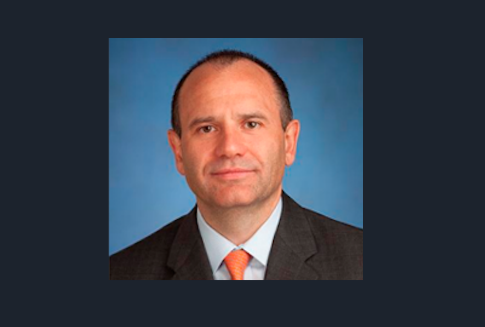In the midst of market volatility, companies have been increasing their stock repurchase programs, providing unprecedented support for investors. Neil Kearns, Head of the Corporate Operations department of the Securities Division at Goldman Sachs, explains in an interview why 2018 is about to set a new share repurchase record.
Your department helps companies authorize and execute stock repurchase programs, what kind of activity are you seeing at your trading desk?
In the first two weeks of February, we recorded the most active period in the history of our trading desk, with executions (theoretical dollars spent) that increased 4.5 times our 2017 average. Authorizations to repurchase shares have increased by 100 % during the same period. To put this in perspective, it is the fastest start to the year in terms of repurchase authorizations. In fact, this indicates that we are likely to see the highest level of share buyback activity during 2018.
What are the factors that drive activity?
Certainly, the US tax reform and the corporate repatriation of cash that companies have outside the country are significant catalysts. When we analyze the last period of tax exemptions in 2004, for example, we see that the execution of repurchases of the S & P 500 increased by 84% that year and by 58% the next.
Companies are also operating in a business climate that has improved. The economy is strengthening, corporate profits are growing and companies are generating more free cash flow. In addition, any company that is not actively allocating its cash faces the wrath of shareholders who are dissatisfied with the management of capital and the possible unwanted attention of activists.
What other parts of the market will affect the repurchase of shares?
The share repurchase activity is highly correlated with the general volatility of the market, which is why many companies used the market correction of last month as an opportunity to gain an advantage over their repurchase targets for the year. In fact, our colleagues at Goldman Sachs Research recently raised their estimates for total cash spending of the S&P 500 in 2018 to $ 2.5 trillion, with a 23% increase in share repurchases, up to 650 billion dollars, due to the tax reform and the recent market correction.
What are the implications for investors and for the market?
Buy-side investors are very focused on what companies are doing in the market, particularly in response to stock volatility. Given that companies have been the largest net buyers of US stock since 2010, there is obviously a great interest in understanding their general sentiment in light of market fluctuations and commitment to their repurchase plans.
For example, since the 2008 financial crisis, the S&P 500 companies have repurchased about 4.25 trillion dollars of their own shares, which represents approximately 17% of the current market capitalization, situated at approximately $ 24.5 trillion.
Undoubtedly, we see greater interest in corporate behavior with respect to its repurchase programs when the markets are highly volatile. Based on both the pace of repurchase announcements and the actual repurchase activity, investors can take comfort in the fact that stock repurchase programs are very much alive.



 By Fórmate a Fondo
By Fórmate a Fondo